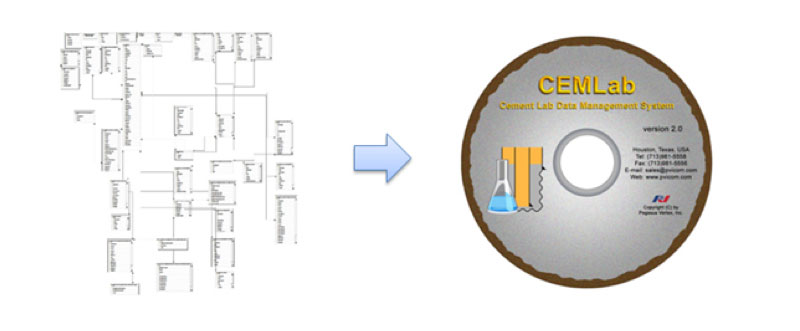Calgary is Canada’s oil center and the sister city to Houston. It is also a city of art and design.
There are quite a number of art galleries on 11th avenue in the southwest part of town. If I do have enough time to tour around, I’d prefer to visit Banff National Park, otherwise these galleries are the great substitutes. There are lots of beautiful paintings, many of them depicting the wonders of the Canadian Rockies.
In many ways, the creation of a painting is similar to the development of software. Artists have the urge to express their ideas. They construct the final image in their minds and plan the steps to achieve it. They use all the essential tools such as paintbrush, paints, palette, canvas and easel to translate their abstract image into artistic reality.
Similarly, during a typical software development, ideas are processed into technical specification represented by flowcharts and data arrays. Developers use computer language to translate the abstract formulas and logics into a tangible tool.
As drilling software developers, we have something to create for others, not because we have to create something, but because it helps others and shares information. It is like the painting process: with each practiced brushstroke of the sunset, it gets closer to its perfected final version. Eventually the artist (developer) says, “It’s done. This is it!” Our recently developed software CEMLab (Cementing Lab Data Management System) is a debut of a lively “expert” on cementing.
The difference between art painting and software is that software continuously improves as the result of interaction between developers and users, while a painting is finalized once and for all.
We hope that our clients who provide cementing services will use CEMLab as their cementing lab’s platform for designing slurry, recording testing data, generating reports and managing test data. Together, we can make your job easier by continually making CEMLab better.

